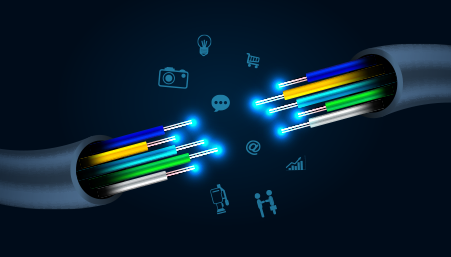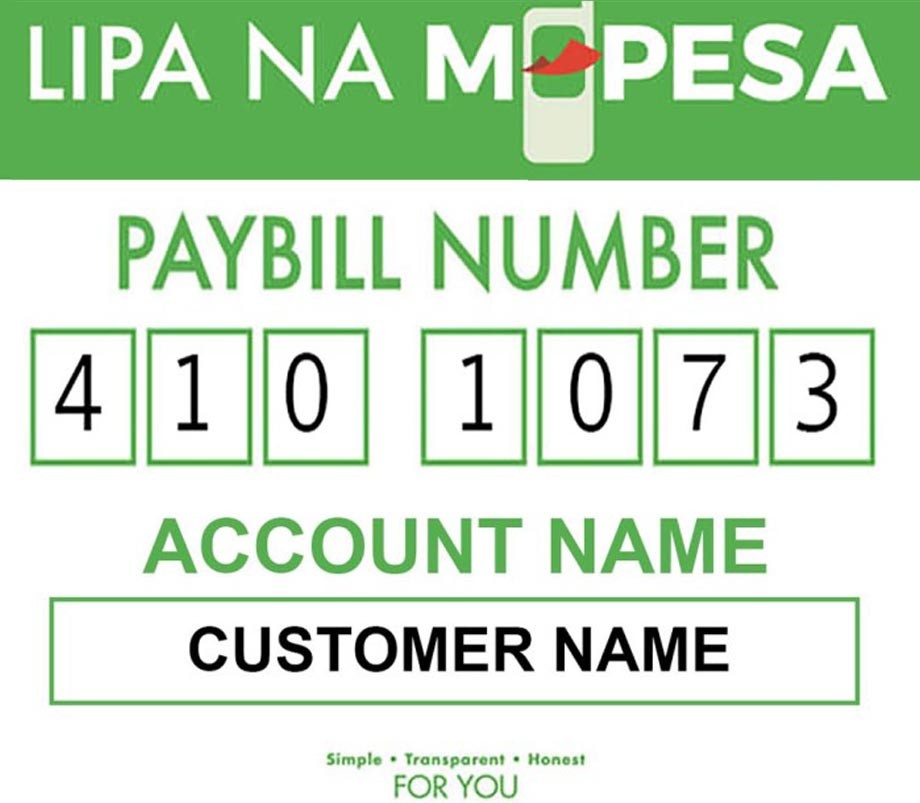
Understanding the difference between Fiber and Cable technology
Fiber optic technology use thin strands of glass or plastic to transport data via light pulses.
Cable technology, on the other hand, transmits data using electrical signals. The signals are sent by copper wire or coaxial cable. This technology has been around for a long time and is highly established. With typical speeds ranging from 10 to 100 megabits per second, cable technology is often slower than fiber optic technology.
The reliability of fiber optic technology over cable technology is one of its primary advantages. Fiber optic cables are far less vulnerable to external interference, such as electromagnetic radiation, which can cause signal distortion or loss in copper wire or coaxial cable. This means that fiber optic technology can be utilized in places where cable technology would be impractical, such as industrial settings or areas prone to electromagnetic interference.
Security is another feature of fiber optic technology. Because the data is sent through light, intercepting and decoding the signal is extremely challenging. Fiber optic technology is therefore perfect for delivering sensitive data such as financial transactions, medical information, or government communications.
170
0
746
172

